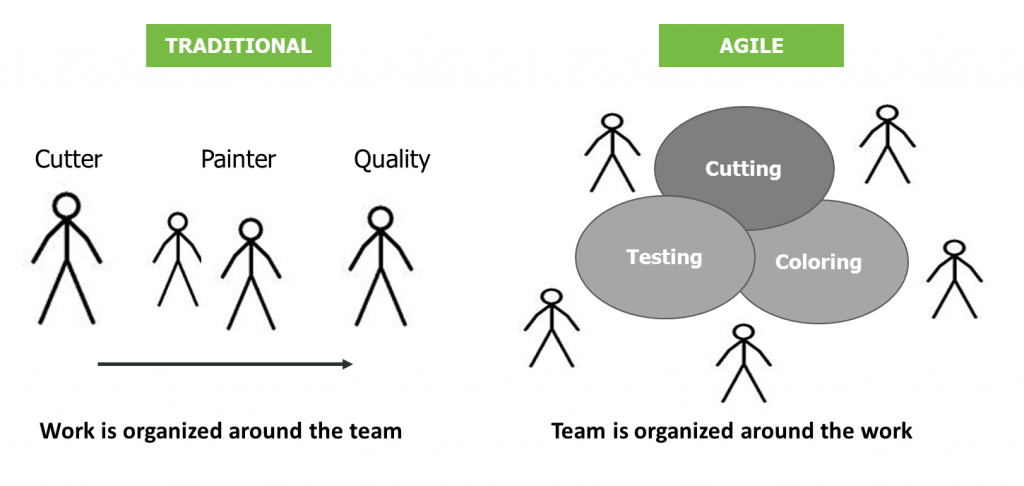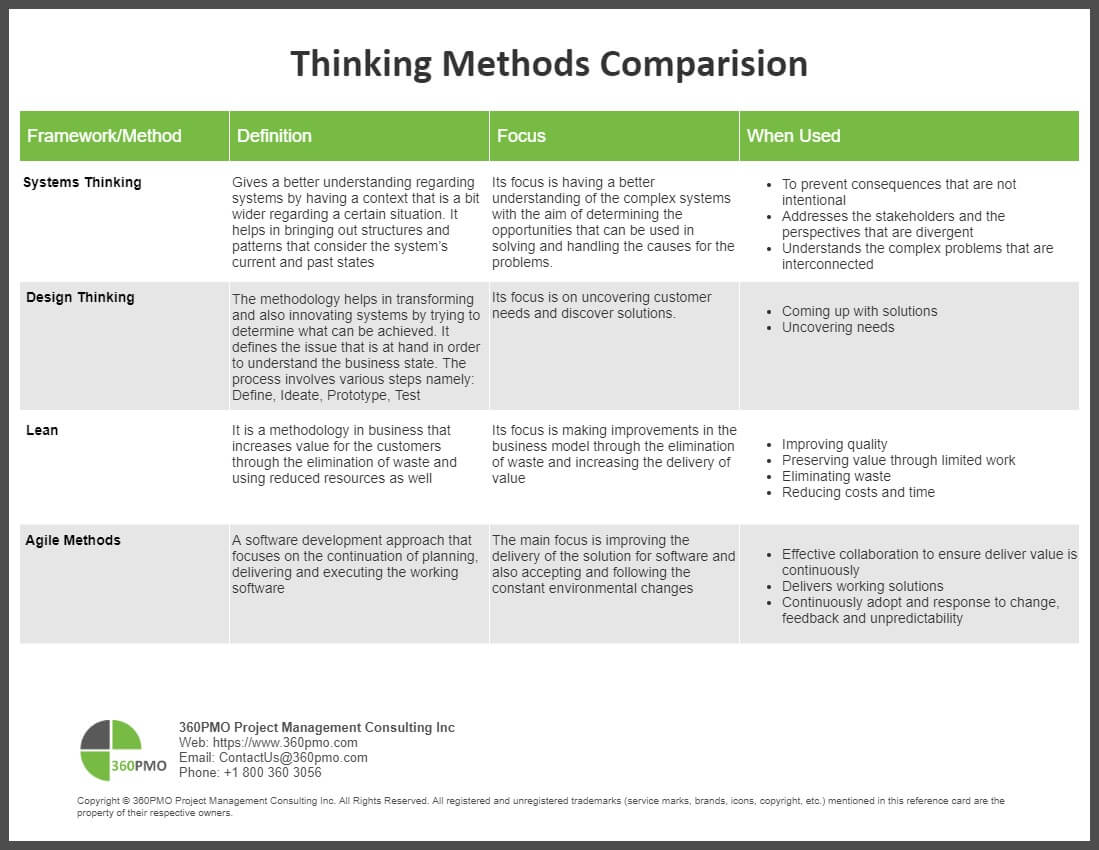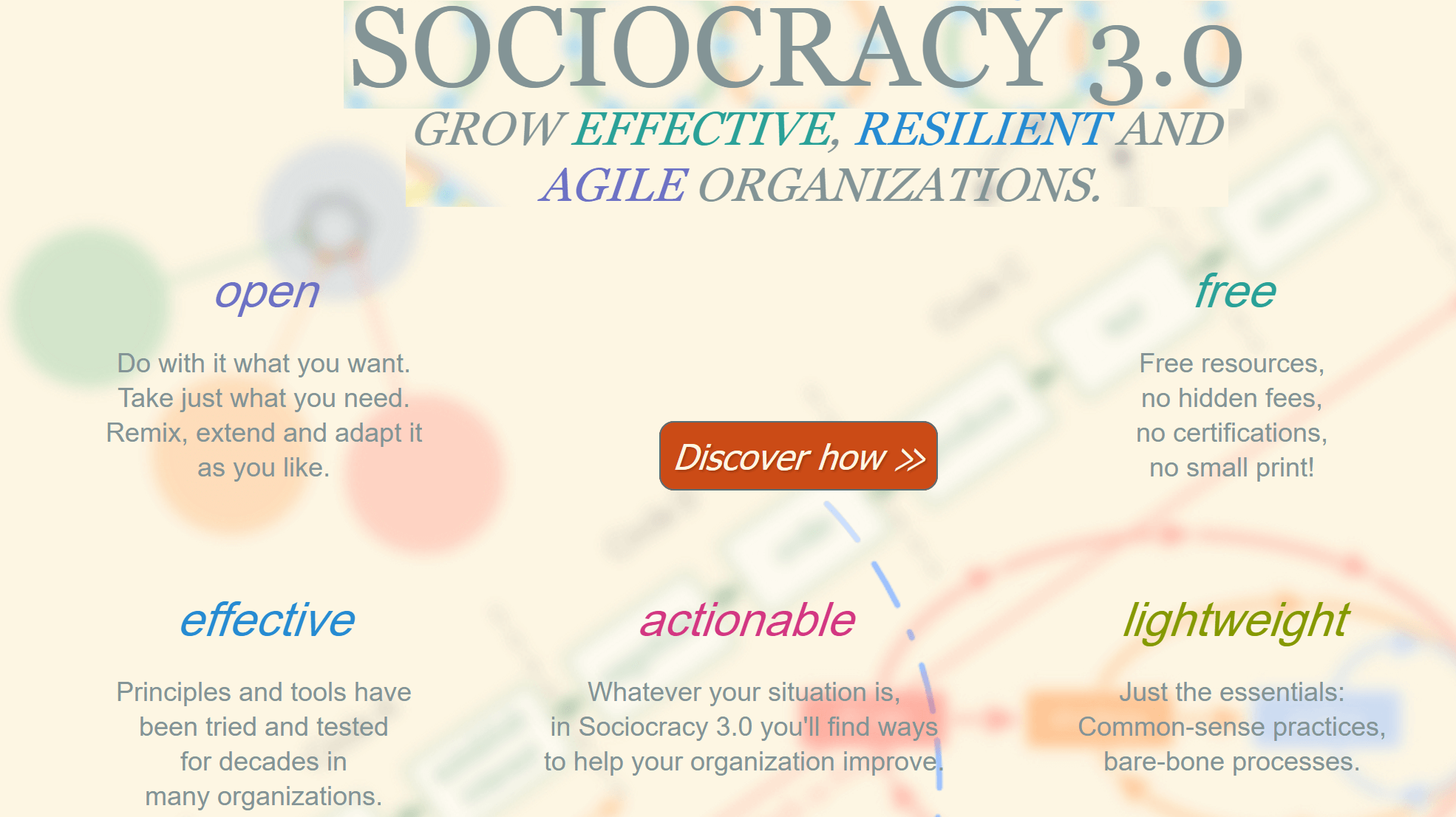Traditional vs. Agile Approach of Managing Work
aka Ester Egg Challenge, Thanks to Samir Hanna for calling with this name 🙂
I have developed this game with the help of John Moura sometime back in mid-2013. Since then I am actively using it in almost all of my training sessions. This game simulates both waterfall and agile environments. After the activity, in the debriefing section, practitioners able to recognize the differences between waterfall/ silo team structure vs. Agile/Collaborative team environment.

Material
– Crayons
– Scissors (2 to 3 per team)
– Coloring pages: use any, but I prefer to use Easter egg sheets ( print an average of 30 sheets per team)
Time Required:
30 minutes for the activity and 15-20 minutes for debriefing
Setup
Divided the group into multiple small teams (sub-group). Ideally, each team size should be between 3-5 members. Each team will have minimum three roles. i.e. cutter, painter, and a tester/QA. If you have a large group, increase the painters (persons responsible for coloring).
Rules of the Game
1. Each egg must have at least two different colors
2. Two separate people must complete each coloring activity
3. Each egg should be minimum 90% filled with color
4. White space doesn’t count as color
5. Cutting must be around oval edges of the egg
6. Eggs with major distractions in cutting will be disqualified
How to Win
The team that produces the greatest number of colorful eggs will win (with minimum waste).
Procedure
The game will be played with two approaches; the first approach is traditional waterfall and the second method is using iterative/incremental
Method 1: Plan driven approach with traditional/silo team structure

Facilitator assigns the roles to each team member. (e.g. cutter, painters, tester)
Each team member will work in his/her silo which means only the cutter is allowed to cut the paper, painter allowed to color and tester will perform inspection and verify the acceptance criteria
Facilitator accepts or rejects the work based on the rules defined above
Total time allowed is 12 minutes: 3 minutes planning, 6 minutes of cutting/coloring activities, and 3 minutes for lessons learned.
The team is to provide estimates after 3 minutes of planning on a number of eggs they will try to finish within 6 minutes.
Method 2: Multiple iterations with cross-functional team structure

In this method, a team is self-organized, no silos. Any team member can work on any task e.g. cutter is allowed to do coloring and painter is allowed to cut the egg. This section of the game is divided into three iterations
Each iteration will be 4 minutes long: 1-minute planning, 2 minutes of cutting/coloring activities, and 1 minute to do review/retrospective.
Team to provide estimate after each planning session for the Sprint
Debriefing
What did you notice? observations? You can discuss the following area:
- Team structure
- Waste
- Push vs. Pull system
- Lesson Learned vs. Retrospectives


